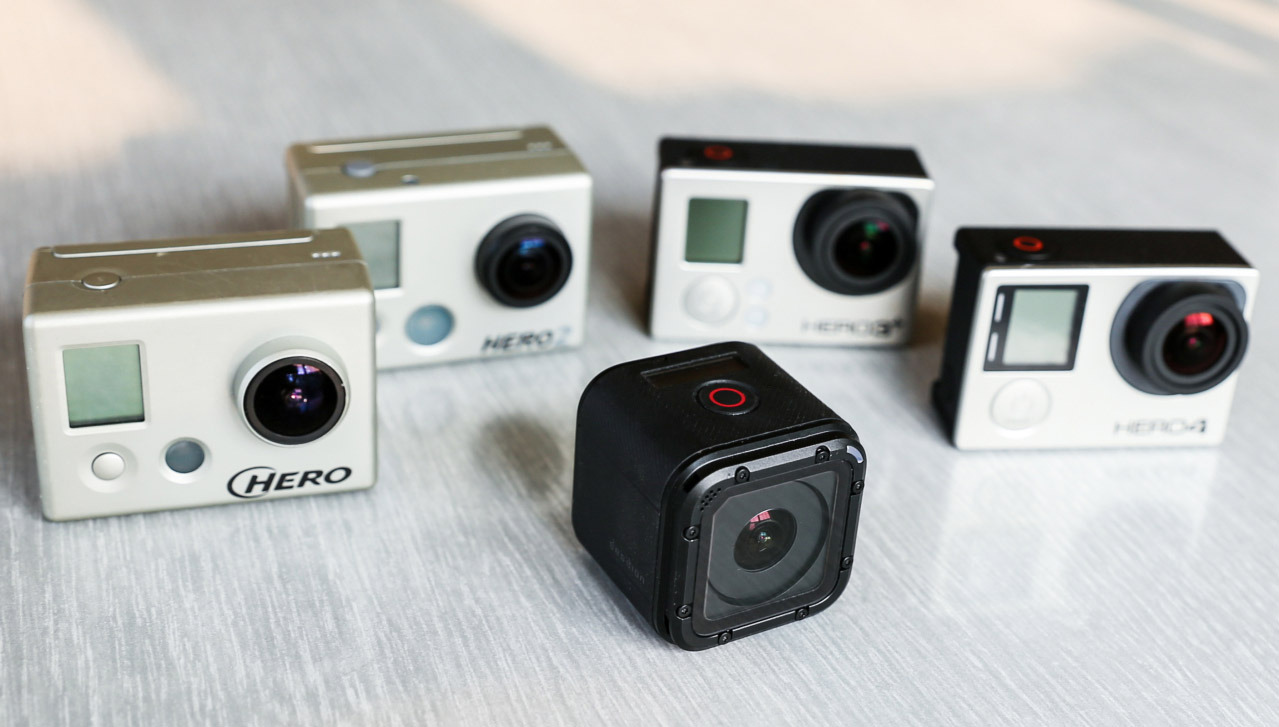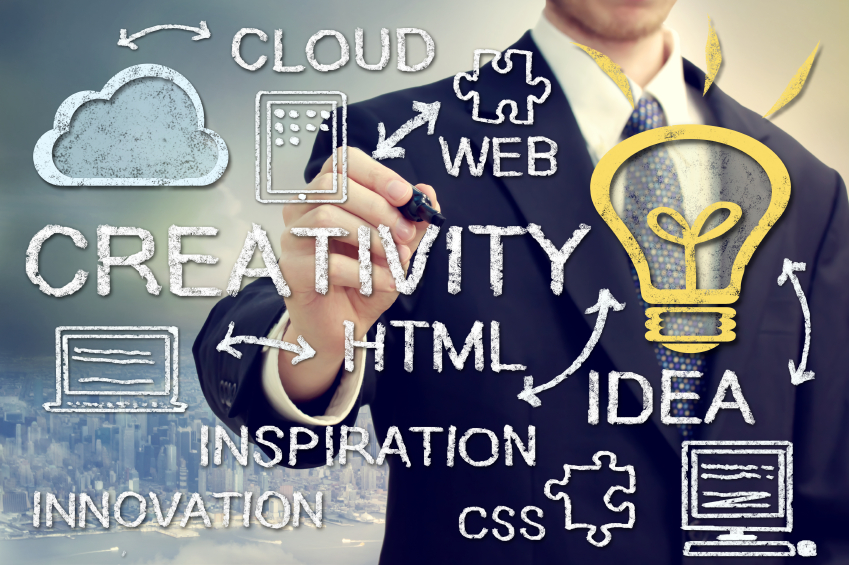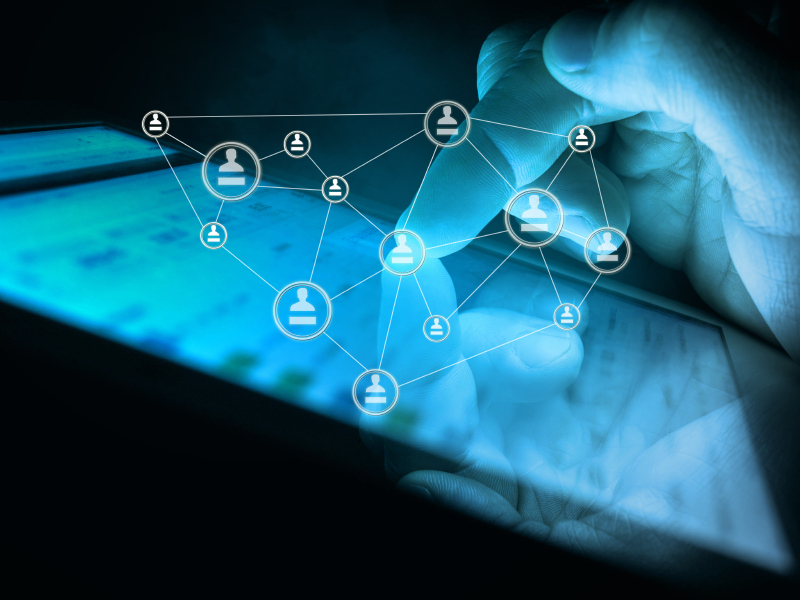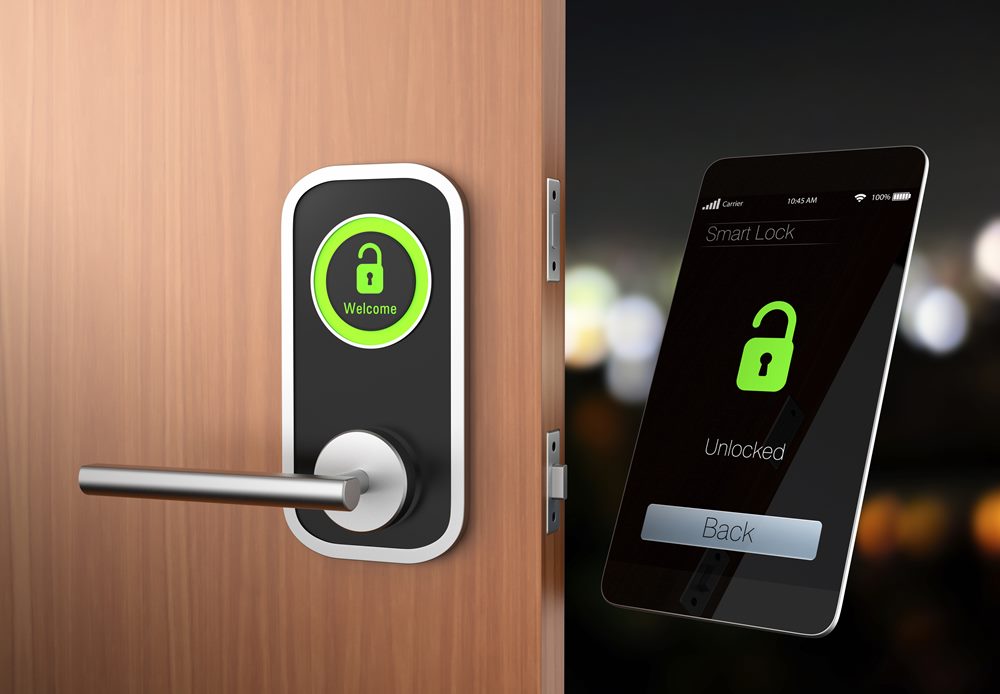
9 Great Apps for 2015
Earlier this year, Digital Trends created a list of 208 exciting apps for 2015. While a comprehensive list of this nature is an exciting feat, sometimes too many choices makes choosing harder. So here is a much simpler list to just give you a taste of what is out there.9 Apps You Should Be Using in 2015
Here are nine especially great apps to start checking out, one from each of Digital Trends’ various categories.
- Entertainment: Endless TV
However, while online TV options are great, there are still many commercials and buffering to contend with. Endless TV is designed to eliminate both of these problems.
*** If you are a Comcast / Xfinity customer – then Xfinity TV GO app is really nice for plane trips as you can download some networks show like Showtime’s – Ray Donovan!
- Work and Organizing: Slack
All this, and you can sync the app across multiple platforms including the Apple Watch.
- Security and Utilities: MyScript Calculator
It is also easy to erase, undo, and redo parts of the equation. Basically, it gives you the ease of writing out formulas on paper with the convenience of having technology do the math for you.
- Around Town: Drync
If you are or would like to be a wine connoisseur, then getting an app like Drync could be great for you.
- Social and Chat: Brewster
- Fitness and Health: Mimi Hearing Test
- Travel and Maps: MotionX GPS Drive
- Photos and Creativity: Flic
- The Dark Arts: Cydia
If You Don’t Like Any of the Options …
Of course, if you want something specific and nobody else has created it yet, you can just make it yourself. Innovation is always welcome and needed in our society. It is going to be a great year for new and exciting tech.



